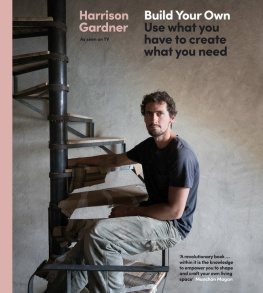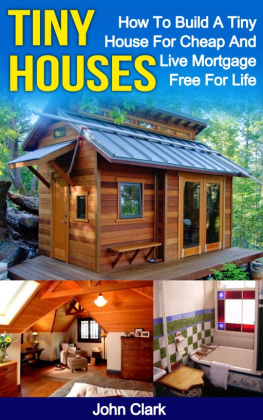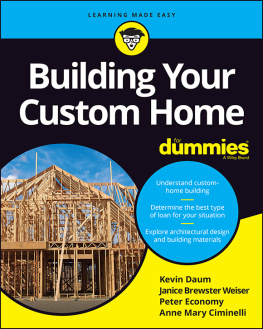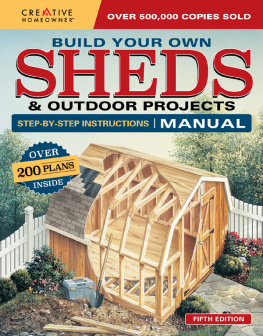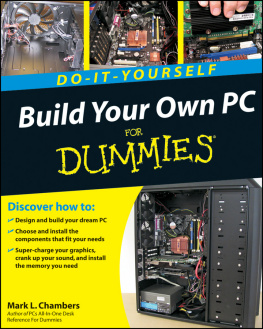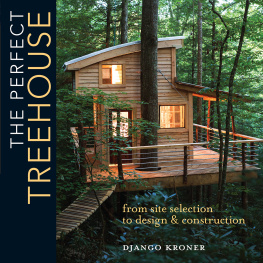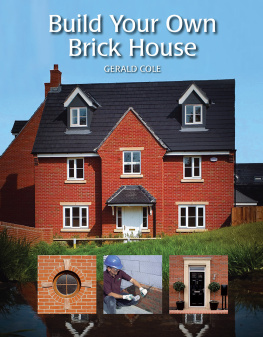Acknowledgements
Without the full support and encouragement of my community this book would never have come into being.
Erin, I can never thank you enough for the countless nights you spent learning the content of this book so that you could then help to bring clarity to the pages and ensure that others can learn from them too. Thank you for helping this book reach its potential and be something we both can be incredibly proud of. You are my greatest inspiration.
Thank you, Shantanu, for your patience and your enthusiasm in bringing this idea to life visually and for enabling it to be as beautiful as it could be. We are so grateful for your creative input.
Thank you, Manchn, for believing that this could be more than a PDF hand-out long before anyone else even knew it existed, and for always steering me in the direction of the greater good.
Thank you, Ankur, for reading, re-reading and reading again the many iterations of this book, and for all your help in expanding and refining the story.
Thank you, Joe, for liaising with us from across the world and for interpreting my ever-vague visual requests. Youre a great friend and as good a mind reader as they come.
Thank you to Mike Reynolds for giving me the opportunity to teach all those years ago and thus awakening a joy in me I never knew was there. Your upstream approach to life and building will always be an inspiration to me.
Thank you to Marianne Gunn OConnor for finding a home for this book and for believing in the importance of this story before it even existed.
Thank you to everyone at Gill for creating such a collaborative, shared process in bringing this book to fruition. I am so grateful to be working with you and feel extremely proud of the finished result.
Lastly, thank you to my parents, Ceresse and Tim. Whether it was your intention or not, growing up on a building site was the greatest inheritance you could have given me. Thank you for sharing your many building projects with me and for not shielding me from them. Im sorry I wasnt nearly as interested then as I would be now. Mum, thank you for teaching me to never shy away from learning something new and to expect adventure around every corner. Dad, thank you for all your support and for being part of my new life here in Ireland. Im finally ready to build that sailing boat with you.
Gill Books
Hume Avenue
Park West
Dublin 12
www.gillbooks.ie
Gill Books is an imprint of M.H. Gill and Co.
Harrison Gardner
First published in 2022. This ebook edition published 2022.
978 07171 92649 (PB)
9780717192656 (EPUB)
Designed by Graham Thew
Copyedited by Jane Rogers
Proofread by Neil Burkey
Cover image Eamon Ward Photography Ltd
Back cover image Erin McClure
Cover design by Graham Thew
For permission to reproduce photographs, the author and publisher gratefully acknowledge the following: Ceresse Gardner: 197; Erin McClure: 5, 8, 9, 19, 20, 74, 75, 76, 77, 79, 82, 83, 97, 149, 152; Getty Images: 110; Lorena Presno: x, 74, 127, 128; Mahavir Acharya: 6, 7, 8; Unsplash: 149; Wikimedia Commons: 201, 202, 203.
All other photography Shantanu Starick
Essential tool illustrations Erin McClure and Joseph Engstrom
All other illustrations Erin McClure
The author and publisher have made every effort to trace all copyright holders, but if any have been inadvertently overlooked, we would be pleased to make the necessary arrangement at the first opportunity.
All rights reserved.
No part of this publication may be copied, reproduced or transmitted in any form or by any means, without written permission of the publishers.
A CIP catalogue record for this book is available from the British Library.
5 4 3 2 1
About Gill Books
Gill Books story begins in 1856 when Michael Henry Gill, then printer for Dublin University, purchased the publishing and bookselling business of James McGlashan, forming McGlashan & Gill. Some years later, in 1875, the company name was changed to M.H. Gill & Son. Gill & Macmillan was established in 1968 as a result of an association with Macmillan of London. There was also a bookshop, popularly known as Gills, located on Dublins OConnell Street for 123 years until it eventually closed in 1979. Today our bookshop can be found online at www.gillbooks.ie.
Gill Books is proud to publish a broad range of non-fiction books of Irish interest, from history to economics, politics to cookery, and biography to childrens. Since 1968, we have published outstanding authors and groundbreaking books such as Fatti and John Burkes Irelandopedia, David McWilliams The Popes Children, Nol Brownes Against the Tide, Garret FitzGeralds All in a Life, Augustine Martins Soundings, the phenomenal, bestselling fiction series Oh My God, What a Complete Aisling by Emer McLysaght and Sarah Breen, and smash-hit cookbooks that include The Daly Dish by Gina and Karol Daly and Midweek Meals by Neven Maguire.
We also publish a wide range of educational books and resources, and we provide a distribution service for the majority of Irelands independent publishers.
For more information about us, our titles, or to join our mailing list, please visit www.gillbooks.ie.
Chapter 1
The weight of gravity: The physics of foundations
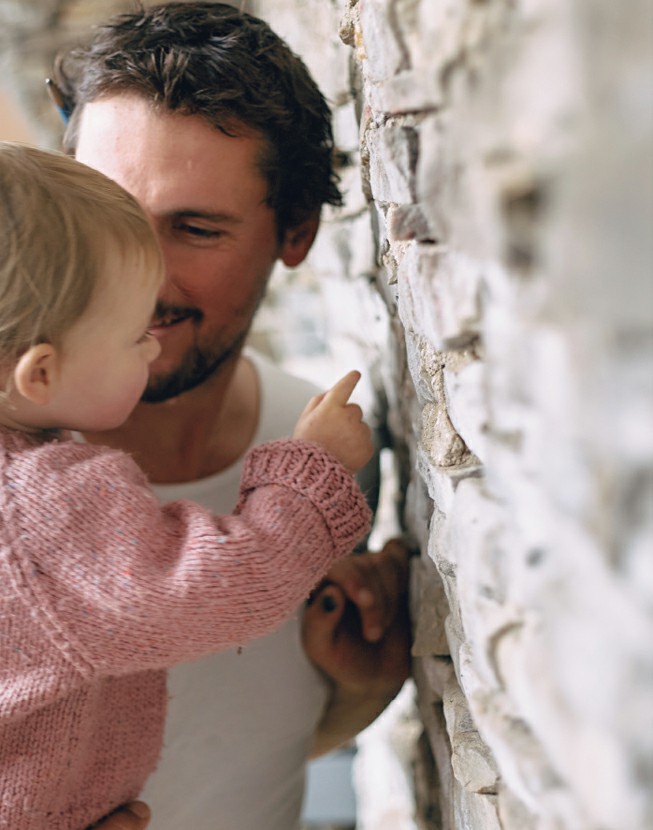
Inspecting a stone wall with Inari before carrying out repairs.
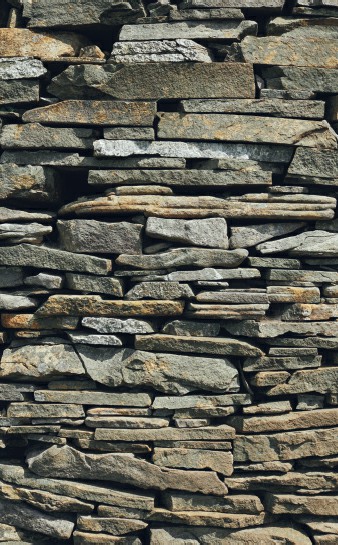
Dry-stacked stone wall in Co. Clare.
Between the ages of 12 and 17, I managed to break 13 bones in my teenage body, all on different occasions. This wasnt a result of inept parenting but rather my own bumpy journey to discovering that no matter which way I rolled the dice, I could not win a wrestle with gravity. I now watch my ten-month-old daughter learning the same lesson, as she heaves herself from her back to sitting up, only to tip over sideways. Naturally, she finds this impossibly frustrating. My now healed bones echo with empathy for her, as the force of gravity is a relentless bully. Luckily for us, it is a predictable one.
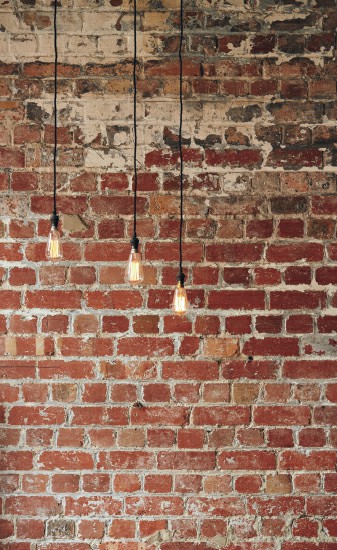
Brickwork beneath plaster and paint, Australia.
We experience the pull of gravity in a similar way at any given location on Earth, towards the ground, or, more precisely, towards the centre of our planet. Understanding this natural phenomenon allows us to build impressively tall buildings with the confidence that they will stay up. When it comes to smaller, more humble structures, the same laws of physics apply. They also apply to the structure of our bodies. This is perhaps not so surprising, when you consider that we are all, on an atomic level, made up of the same stuff. All matter has a certain amount of gravitational pull, proportionate to its mass. The greater the mass, the greater the gravitational pull, which is why we are pulled towards the earth instead of being pulled towards each other. Although there are counter-forces at play, the planet, due to its sheer size, always wins.
Exercise
OUR BODIES AS BUILDINGS
Our bodies are probably the easiest place to understand the effects of gravity, so I want to encourage you to get active for a moment. Go outside and find some solid ground to stand on, whether it is grass, soil or sand. Stand with your feet together and try to feel the gravitational pull on your body. The mass of your body is being pulled towards the ground and your feet are providing the resistance. You can imagine that, without our wide, flat feet, our legs might penetrate straight into the ground, much like a cows hooves in mud. A smaller surface area provides less resistance to the force of gravity on your mass. It is no coincidence that in the language of construction, we refer to foundations as footings. Next, spread your legs shoulder-width apart to create an arch. This arch supports a tower, with two posts supported by two footings. While you are standing in this position, consider the elements of your body that are making this position possible. The combination of your rigid bones and elastic muscles are working together to resist the pull of gravity.
Next page
